 Inspiration To Become A Cake Decorator
Inspiration To Become A Cake Decorator
When I was in ninth grade, I moved to Salt Lake City. I was intimidated by the size of the building, the number of students, and how challenging the work was. My grades dropped into the bucket. It was a long year!
At Easter, I noticed a beautiful sugar egg in the home economics room. It was the upcoming project. I asked if the ninth graders were going to do it, only to find that it was reserved for the Juniors and Seniors. I knew I would never get to make one because we moved too often.
I wanted to make that egg. I asked the teacher if I could please have a copy of the directions. She gave them to me. I had been INSPIRED, and the teacher had responded.
I had none of the hard materials needed for the project. So, I improvised. Instead of a plastic egg mold, I used an empty Leggs nylon container. Instead of pastry bags, I used bread sacks with a hole cut in a corner. Instead of plastic bunnies and chicks, I used hand-drawn figures. My mom had those eggs for years. They were terrible! I was happy with them and thought they were beautiful. This initial inspiration and desire began a 50+ year love affair with cake decorating.
One of the most enjoyable things I did with this decorating spark was teach thousands of children and adults to make gingerbread houses. My family and I gave hundreds away to homeless shelters and community centers. I taught all my children and grandchildren to make them. Every year, I helped my kids help their friends make gingerbread houses in their school classes. I’ll bet you can tell this became a family tradition. In fact, just this Saturday, Jodie went to Maggie’s special needs class, and they all made a gingerbread house.
Just Before Christmas Essay Competition
I am sharing this story of my fascination with decorating because in 2010, I hosted a Just Before Christmas Essay Competition. The prize was a kit so the family could do this wonderful activity.
The topic was The Inspiration Connection: How Being Inspired Transforms the Quality and Effectiveness of Our Education. The winner was a friend of mine who lived in Nevada. Her boys were older teens. I sent the kit, and they all had a fabulous time making their houses.
Jody Jarvis was a homeschool mom. However, her beautiful essay applies to all families regardless of how you choose to educate your kids. It applies to school subjects and anything we want to inspire our kids to learn or participate in. When decorating came into my life, I was inspired. Jody shares a great example of how inspiring her kids and being an example increased their desire to learn and participate in a family activity.
All these years later, Jody lives just a couple of miles from my home. I have visited her and recently attended a big family event. It was fun, and one of the things that got me to reread her winning essay. Enjoy.
The Inspiration Connection: How Being Inspired Transforms the Quality and Effectiveness of Our Education
by Jody Jarvis
When educational experiences are required, the result is bored students, who daydream, who memorize the minimum required, and forget it the next day. For the student, the learning experience seems to drag on forever (“Are we done yet?”), and minutes seem like an eternity. For the teacher, it seems like pulling teeth just to get the student to participate.
When educational experiences are inspired, the result is excited students who focus on the activity with zeal, who go above and beyond the expected, and remember it the rest of their lives. For the student, the learning experience seems to fly by (Are we done already?!), hours seem like mere minutes. For the teacher, it feels as if the student is pulling them along instead of the other way around, or that the student is hot on their heels and the race to the finish could be won by either participant – them or the student.
Recently, I had an experience in both scenarios. My kids and I participated in an online class and had to read several classic books. Two stood out. One was called Mythology by Hamilton. While the stories themselves can be considered classic, our family’s opinion of this rendition was not great. It was dry reading, and we had to push ourselves to even try. None of us finished the book, with me having read the least of the three of us. We did it only because it was part of the class, but it seemed to drag on “FOREVER!!” We tried to read the minimum required, but couldn’t even pull that off. Our attention, as we read, was on other things, and so, for the most part, I do not think we will remember much of what we read.
The other story was a different experience altogether. It was called Elantris by Brandon Sanderson. We couldn’t read it fast enough. We couldn’t put it down. Since we read separately to mark our books with our personal ah-ha’s and underline our favorite lines, I was ahead of the boys in the story. When I got to the exciting parts, I would exclaim over the storyline or hint that something amazing was coming up. But I wouldn’t tell them what it was. “You have to read it yourself!” I would say. I didn’t want to spoil it for them. They tried their best to catch up to where I was. There came a time when none of us could put the book down; we just had to see how it turned out.
To get my kids (and me) to read the first book, we had to remind each other, set aside time each day, remind each other that it was part of a class assignment, and remind each other again of our need to read it. In other words – require. To get them to read the second book, all I had to do was give them a taste of how much I was enjoying it, to add a little mystery and suspense, and be the example. In other words – inspire!
What did we learn from the first book? Not much, really. Maybe a tiny bit about the Greek Gods and how depraved they were, but not much else, and I am sure we will forget whatever it was we did get out of it in a matter of weeks, perhaps.
What did we learn from the second book? Tons! We learned about different leadership styles, we learned that a leader must continue even when it gets hard, and we learned about compassion, strategy, love, and loyalty.
The difference was partly the books we read (one was very dry, the other exciting and thrilling). But I also believe that my example as a parent played a huge part. I lost interest in the Mythology book. I decided I needed to work on other things (convincing myself that since I wasn’t a true member of the class, I didn’t need to finish the reading). How might this have played out differently if I had put more effort into learning about Mythology with my kids? How might it have been different if I were excited to read the book, read it ahead of them, and enticed them with hints of what was to come in the next chapters? I was excited by Elantris, and my enthusiasm pulled my kids along. When they were asked which was their favorite book in the class, they both said Elantris. Least favorite? I’ll leave it to you to guess, but I bet you already know.
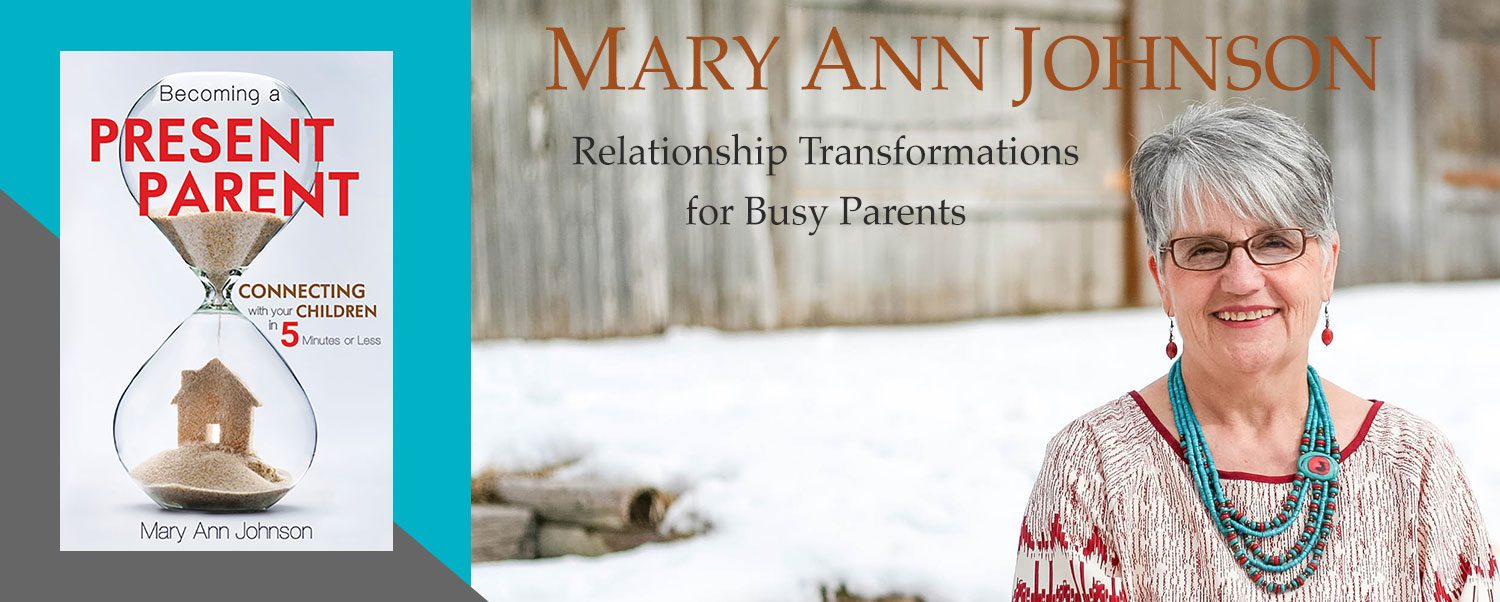

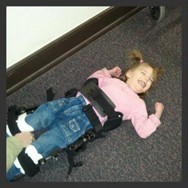
 Maggie, my granddaughter with cerebral palsy, was supposed to wear a headpiece. That was not going to work at all. She was supposed to say, “We are afraid”. She said it the best she could, as her ability to speak was minimal, and she said it with a huge smile. She couldn’t find it in herself to look afraid. Many small shepherds were wandering about, trying to figure out where they were supposed to be.
Maggie, my granddaughter with cerebral palsy, was supposed to wear a headpiece. That was not going to work at all. She was supposed to say, “We are afraid”. She said it the best she could, as her ability to speak was minimal, and she said it with a huge smile. She couldn’t find it in herself to look afraid. Many small shepherds were wandering about, trying to figure out where they were supposed to be. These children were in luck. Cindy Walker smiled through the chaos. She gently called the small children back into place. She helped with lines that would never be memorized. She replaced halos, headpieces, and robes, and kept smiling. She didn’t laugh out loud at the silly things the children said and did, even though she wanted to.
These children were in luck. Cindy Walker smiled through the chaos. She gently called the small children back into place. She helped with lines that would never be memorized. She replaced halos, headpieces, and robes, and kept smiling. She didn’t laugh out loud at the silly things the children said and did, even though she wanted to.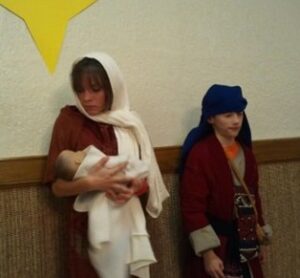 weren’t sure they liked their parts, especially saying, “I’m going to have a baby!” The soldier still felt silly. Headpieces were still falling off, belts were missing, halos still itched, no one remembered where they were supposed to stand, many parts were not memorized, and the little shepherd still smiled when saying, “We are afraid.”
weren’t sure they liked their parts, especially saying, “I’m going to have a baby!” The soldier still felt silly. Headpieces were still falling off, belts were missing, halos still itched, no one remembered where they were supposed to stand, many parts were not memorized, and the little shepherd still smiled when saying, “We are afraid.”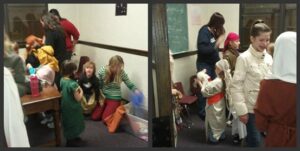
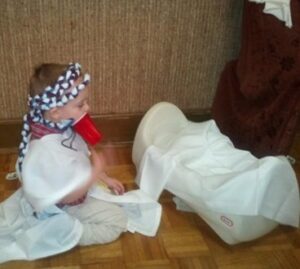 The little angel who wanted to say “Point to the star” wouldn’t leave his dad’s side and come on stage until all the other angels left the stage, and the shepherds were on their way in. Then he went and sat by the baby Jesus and made happy boy sounds with his plastic cup! (This was my grandson, Jack, age 3.) As the shepherds, wise men, and angels gathered around the baby Jesus, it was a mob, juggling each other for a space, mostly with their backs to the audience.
The little angel who wanted to say “Point to the star” wouldn’t leave his dad’s side and come on stage until all the other angels left the stage, and the shepherds were on their way in. Then he went and sat by the baby Jesus and made happy boy sounds with his plastic cup! (This was my grandson, Jack, age 3.) As the shepherds, wise men, and angels gathered around the baby Jesus, it was a mob, juggling each other for a space, mostly with their backs to the audience.
 The article I had prepared to post on November 30, 2025, had been published in 2017. My Excel sheet wasn’t as in order as it needed to be. Instead of getting another article ready at the last minute, I wrote a note to my readers and sent it out via the Sunday newsletter. It made an impact, and I got emails. I realized that I had written an article with an important message without even knowing it. So, I’m posting it on the website and recording it. If it helped last Sunday, then it may be of help in the future. So here you go:
The article I had prepared to post on November 30, 2025, had been published in 2017. My Excel sheet wasn’t as in order as it needed to be. Instead of getting another article ready at the last minute, I wrote a note to my readers and sent it out via the Sunday newsletter. It made an impact, and I got emails. I realized that I had written an article with an important message without even knowing it. So, I’m posting it on the website and recording it. If it helped last Sunday, then it may be of help in the future. So here you go: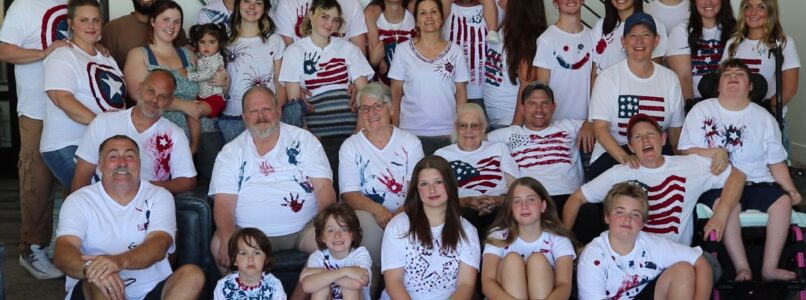




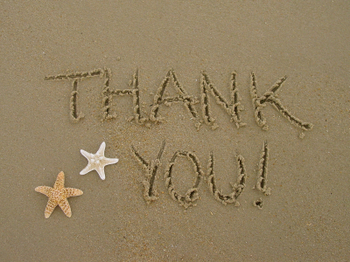
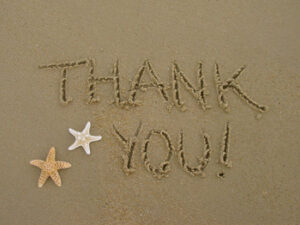 Several years ago, I wrote an article about
Several years ago, I wrote an article about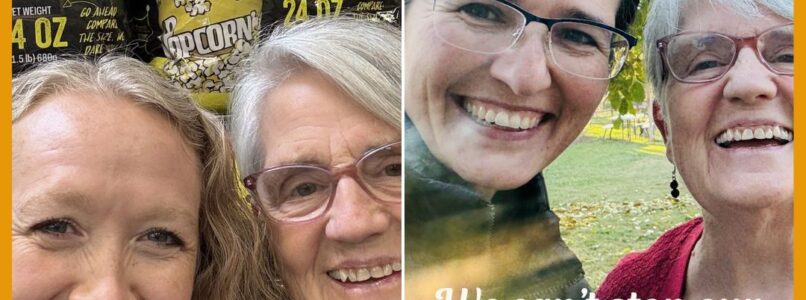
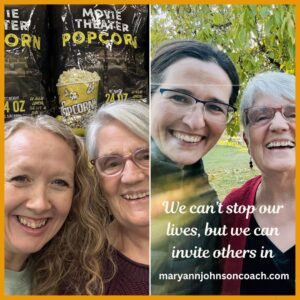 In an article I wrote in September 2024, titled
In an article I wrote in September 2024, titled 
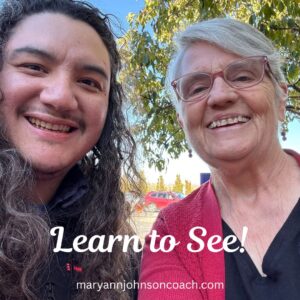 This week, I had an experience that brought to mind the importance of letting our kids know, daily, that we see them and that they matter. It brought back many memories of families I have worked with, parents I have mentored, and the huge impact I’ve seen when
This week, I had an experience that brought to mind the importance of letting our kids know, daily, that we see them and that they matter. It brought back many memories of families I have worked with, parents I have mentored, and the huge impact I’ve seen when  Today, let’s look at the fifth Principle of Power. I love all five principles; they all matter, but this seems to be the most challenging to implement. Many of us fly by the seat of our pants. Don and I did that in our marriage and family life for many years, and we paid a price; our family paid a price. Things go better, even if they don’t go exactly as we envisioned, when we have a plan. This is true in our goals, family discipline, maintaining loving relationships, having workable family systems, engaging in family activities, managing school, meals, chores, and so forth.
Today, let’s look at the fifth Principle of Power. I love all five principles; they all matter, but this seems to be the most challenging to implement. Many of us fly by the seat of our pants. Don and I did that in our marriage and family life for many years, and we paid a price; our family paid a price. Things go better, even if they don’t go exactly as we envisioned, when we have a plan. This is true in our goals, family discipline, maintaining loving relationships, having workable family systems, engaging in family activities, managing school, meals, chores, and so forth.